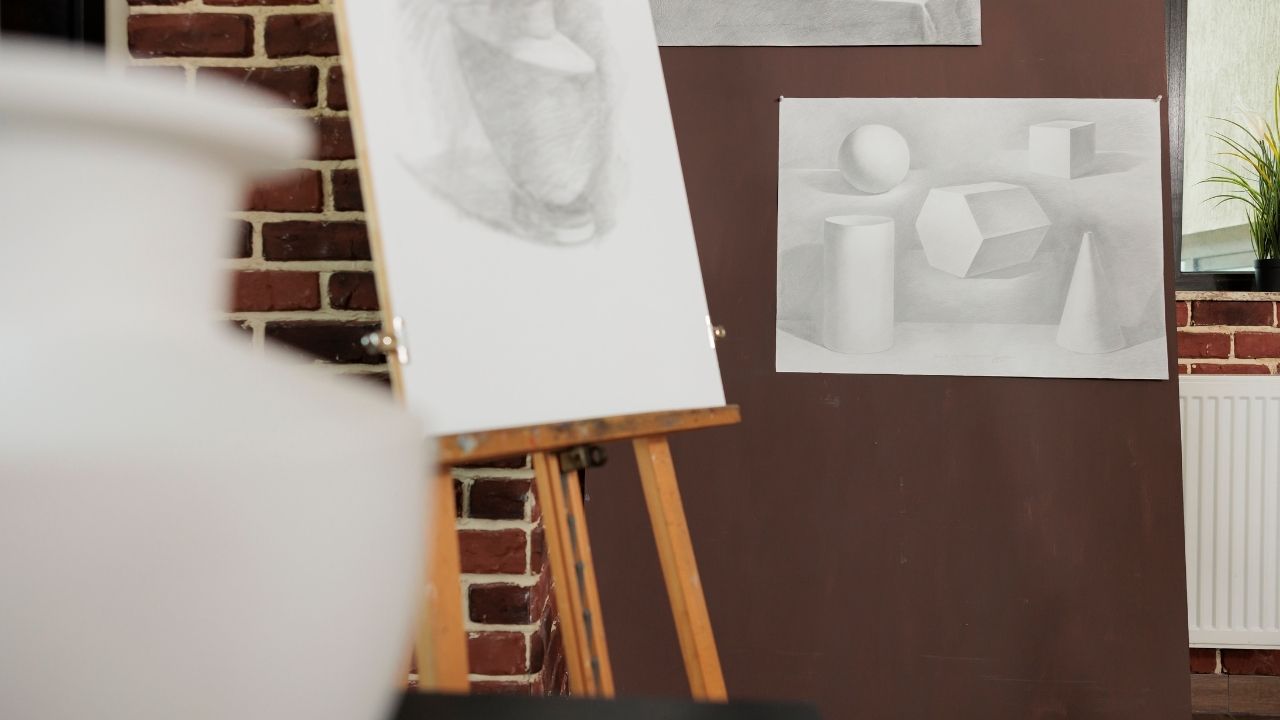
As seasoned artists and creatives, we understand the fundamental role that sketching plays in the realm of visual arts. Beyond its utilitarian function as a preparatory tool, sketching embodies a set of principles that can be seamlessly applied to a diverse range of artistic disciplines. In this comprehensive guide, we will explore the key principles of sketching techniques and demonstrate how they can be leveraged to enhance your skills across various art forms.
Gesture: Capturing the Essence
The art of gesture drawing is a powerful technique that allows you to capture the essence of a subject with bold, expressive strokes. By focusing on the overall movement and energy of your subject, you can create dynamic and visually compelling compositions that transcend the static nature of a single moment. This principle is not limited to figure drawing; it can be applied to landscape sketching, architectural studies, and even abstract compositions, infusing your work with a sense of vitality and spontaneity.
Proportion: Achieving Balance
Proportion is a crucial element in sketching that can be applied to various art forms, from painting to sculpture. By developing an eye for the relative size and relationships between different elements within a composition, you can create a sense of balance and harmony that is essential to successful artworks. This principle extends beyond the confines of the sketchbook, allowing you to thoughtfully consider the scale, placement, and proportions of elements in your paintings, sculptures, or even architectural designs.
Composition: Guiding the Viewer's Gaze
The principles of composition are fundamental to sketching and can be seamlessly applied to other art forms. By strategically arranging the elements within your composition, you can guide the viewer's gaze and create a cohesive, visually engaging work of art. This skill translates directly to the composition of paintings, photographs, and even the layout of graphic design projects, enabling you to craft compelling and visually satisfying pieces.
Perspective: Rendering Depth and Dimension
The mastery of perspective is a cornerstone of sketching, allowing artists to create the illusion of depth and dimension on a two-dimensional surface. This principle is equally vital in other art forms, such as painting, digital art, and even sculpture, where the rendering of spatial relationships and the illusion of three-dimensionality can elevate the overall impact of the work. By understanding and applying the principles of perspective, you can create a sense of depth and realism that captivates your audience.
Shading: Adding Depth and Texture
The art of shading is a powerful tool in the sketching arsenal, allowing artists to imbue their works with a sense of depth, texture, and form. This principle can be applied to a wide range of artistic disciplines, from painting and illustration to graphic design and even digital art. By mastering the techniques of shading, such as hatching, cross-hatching, and value gradation, you can create a sense of volume, materiality, and atmospheric depth that adds depth and richness to your artistic creations.
Observation: Seeing the World Anew
At the heart of sketching lies the fundamental skill of observation. By training your eyes to see the world in a more nuanced and discerning way, you can unlock a deeper understanding of form, light, and the intricate relationships between elements. This principle of observation is not limited to the act of sketching; it can be applied to every artistic discipline, from painting and sculpture to photography and even architectural design. By cultivating a keen eye for detail and a deeper appreciation for the complexities of the world around you, you can infuse your work with a level of authenticity and depth that captivates your audience.
In conclusion, the principles of sketching extend far beyond the confines of the sketchbook. By mastering these key techniques – gesture, proportion, composition, perspective, shading, and observation – you can unlock a wealth of creative possibilities and elevate your skills across a wide range of artistic endeavors. Whether you're a painter, a sculptor, a graphic designer, or an architect, the principles of sketching can serve as a powerful foundation for your creative journey, empowering you to produce works of art that are visually captivating, conceptually rich, and truly outstanding.
 Writing TipsCreative WritingJournalingSketching TechniquesBuying GuidesPrivacy PolicyTerms And Conditions
Writing TipsCreative WritingJournalingSketching TechniquesBuying GuidesPrivacy PolicyTerms And Conditions
